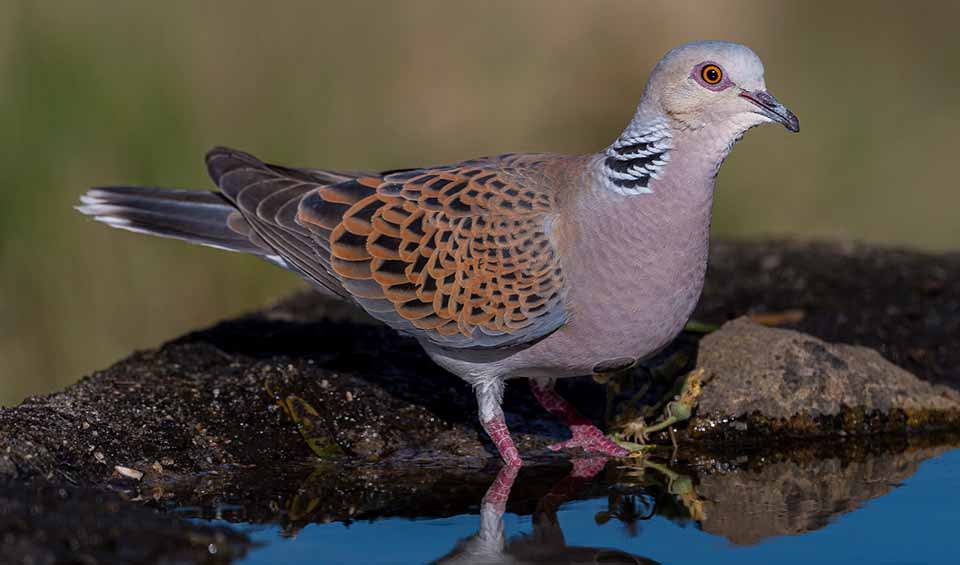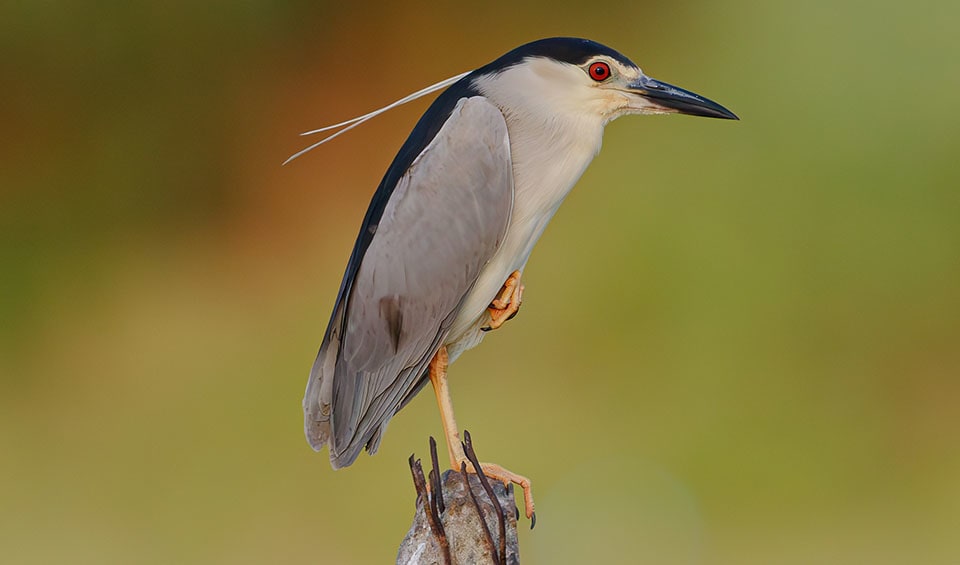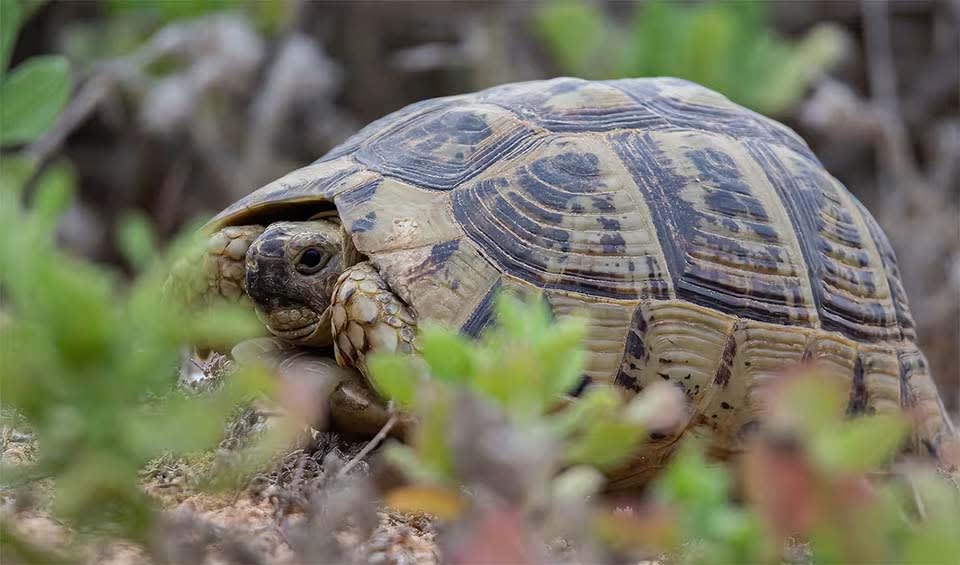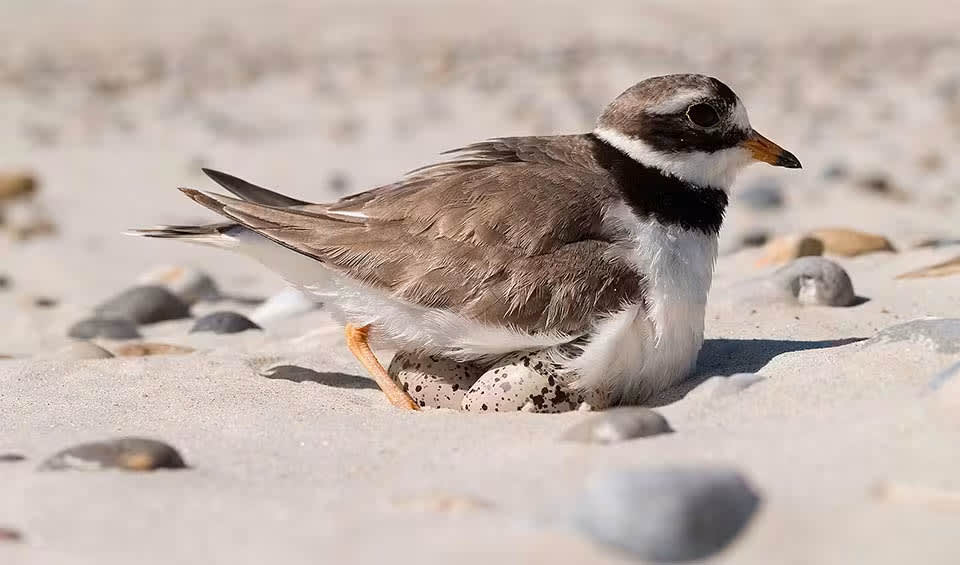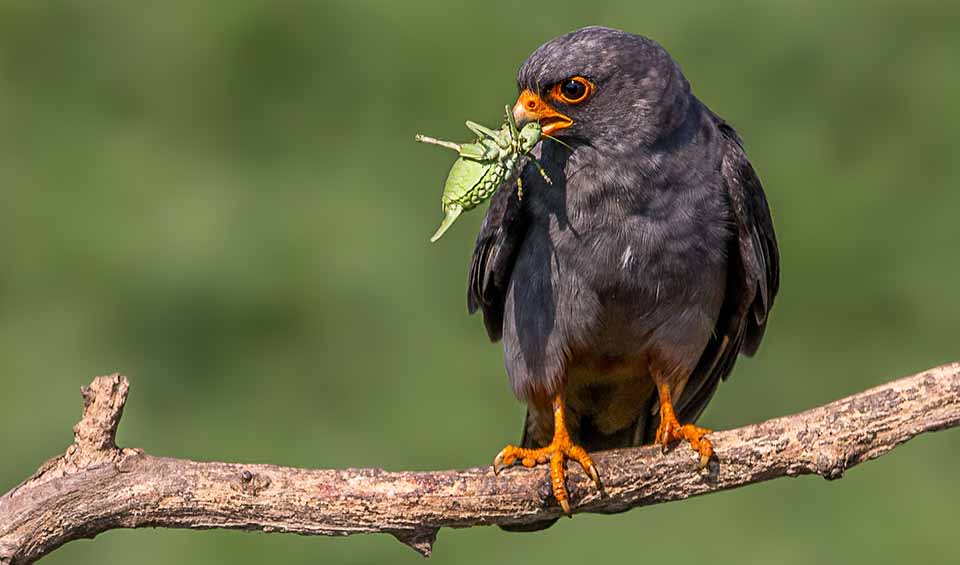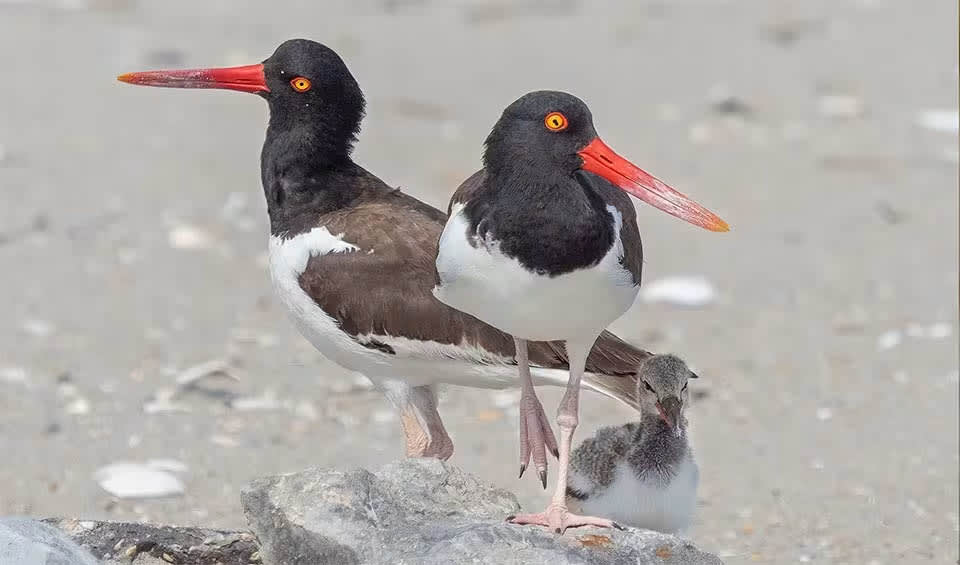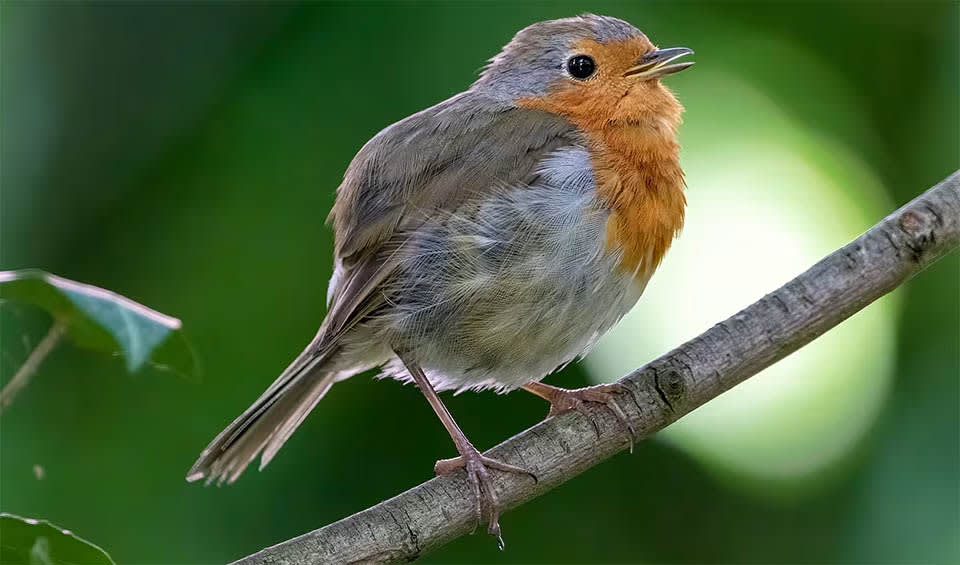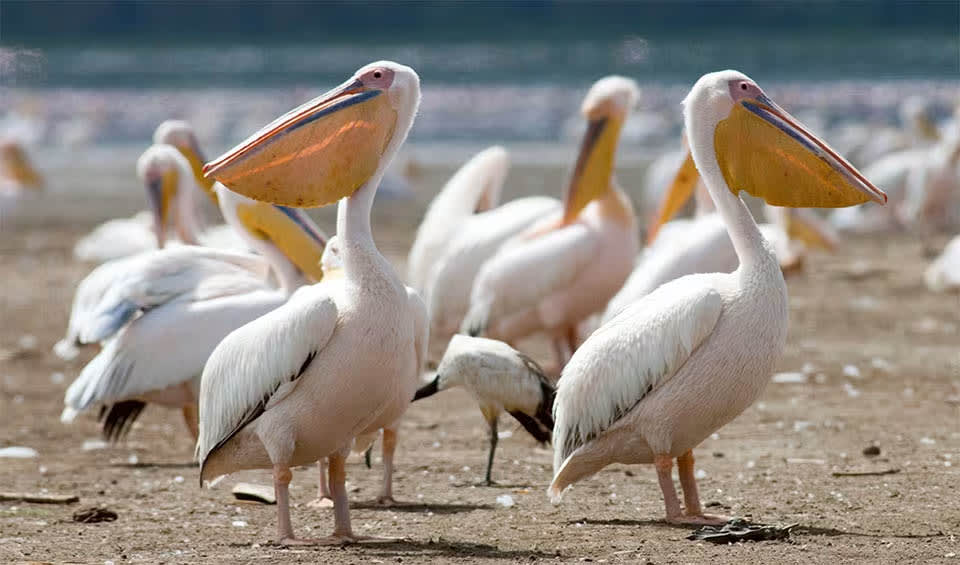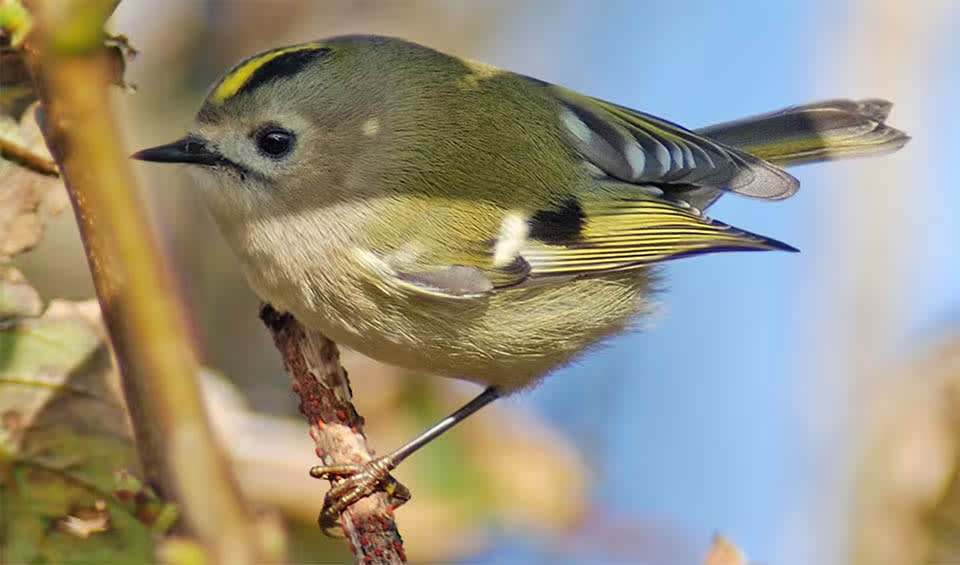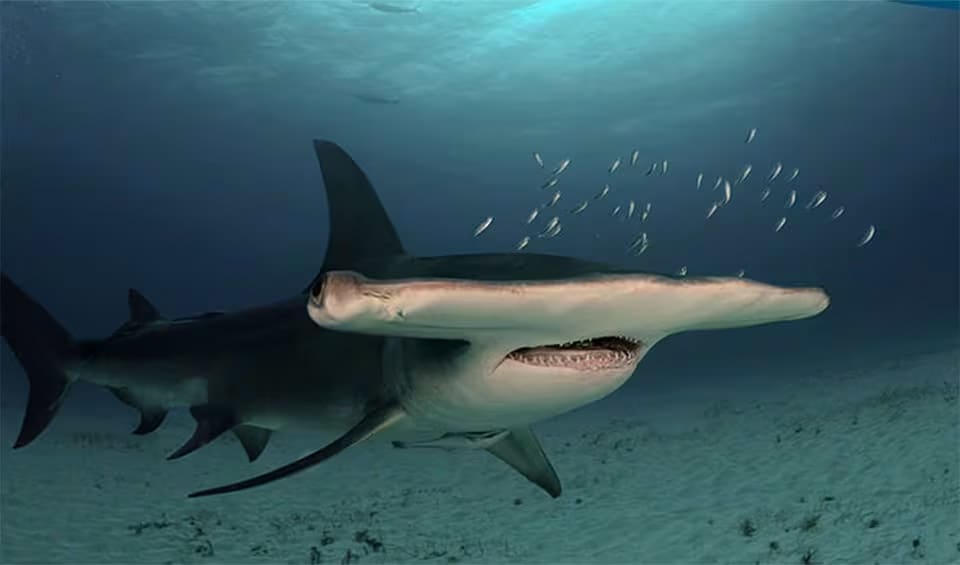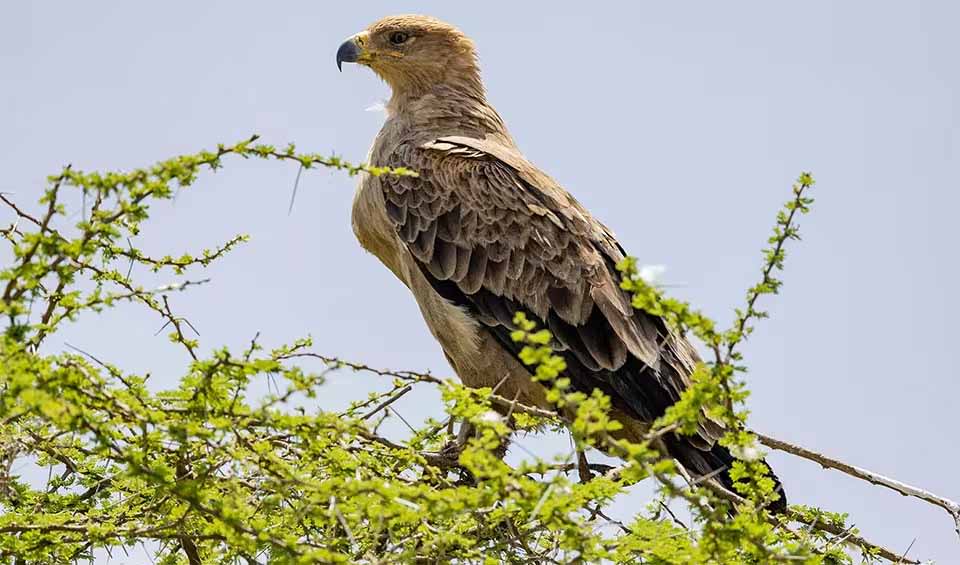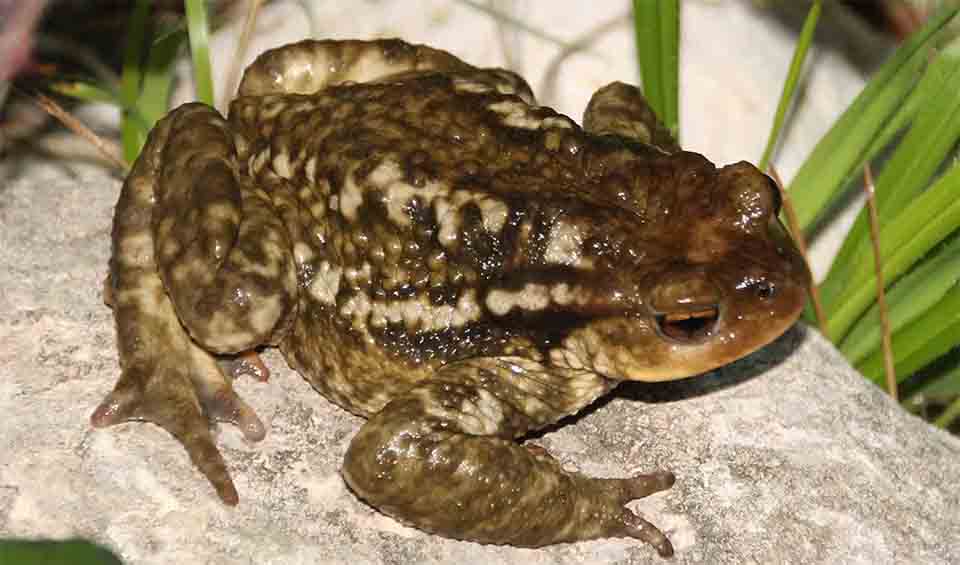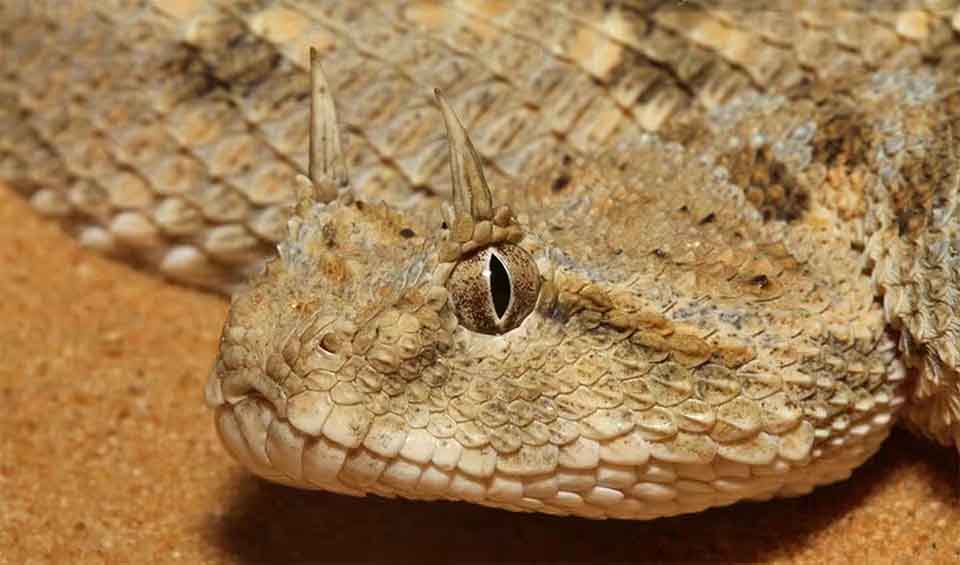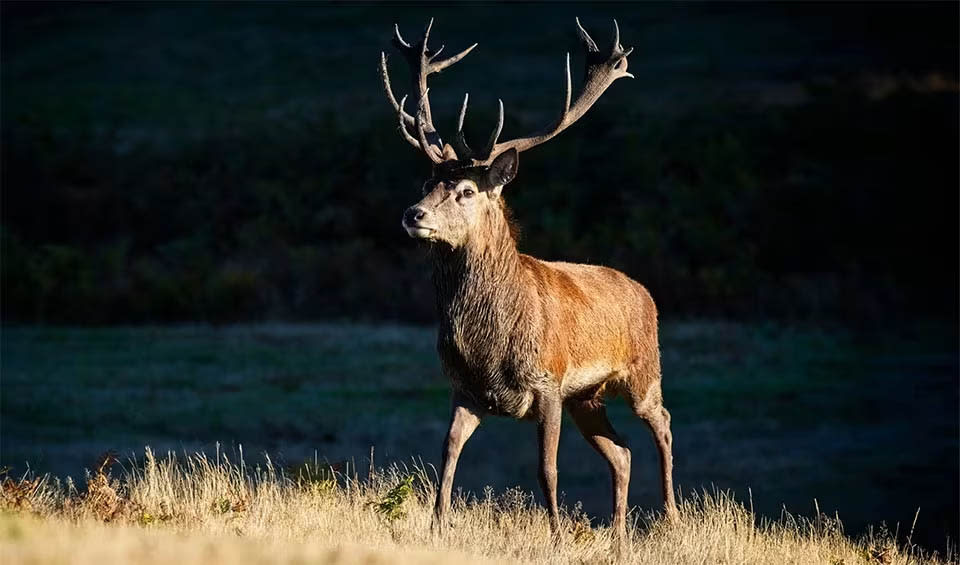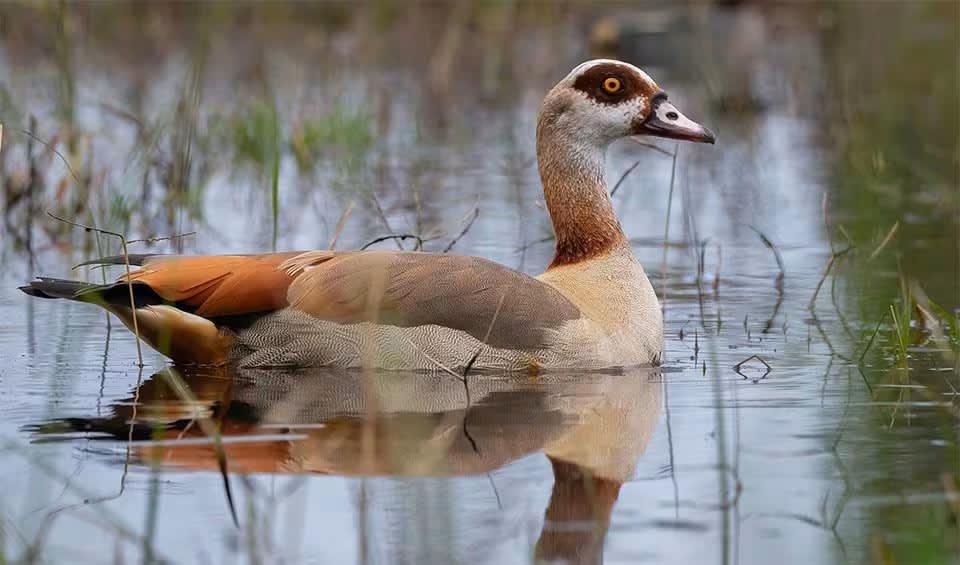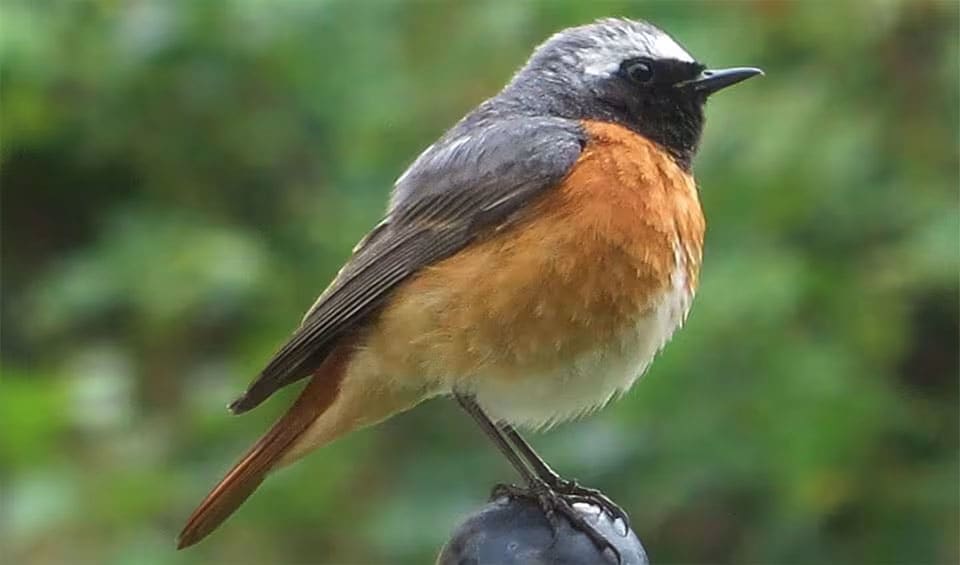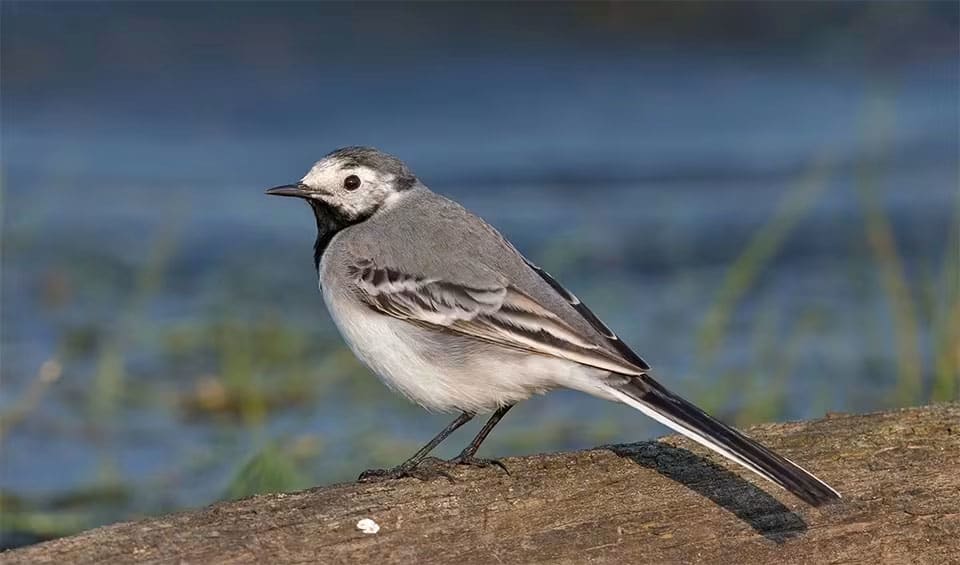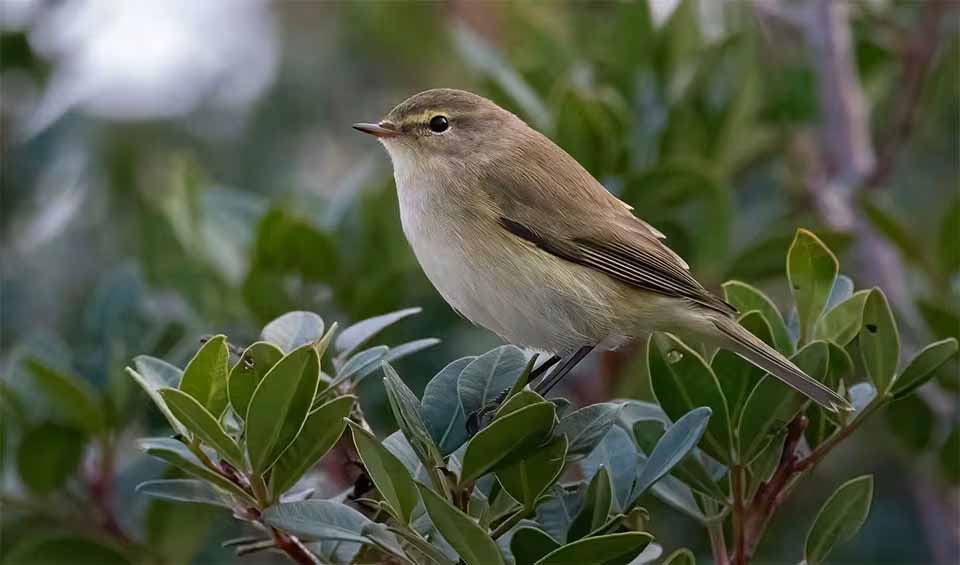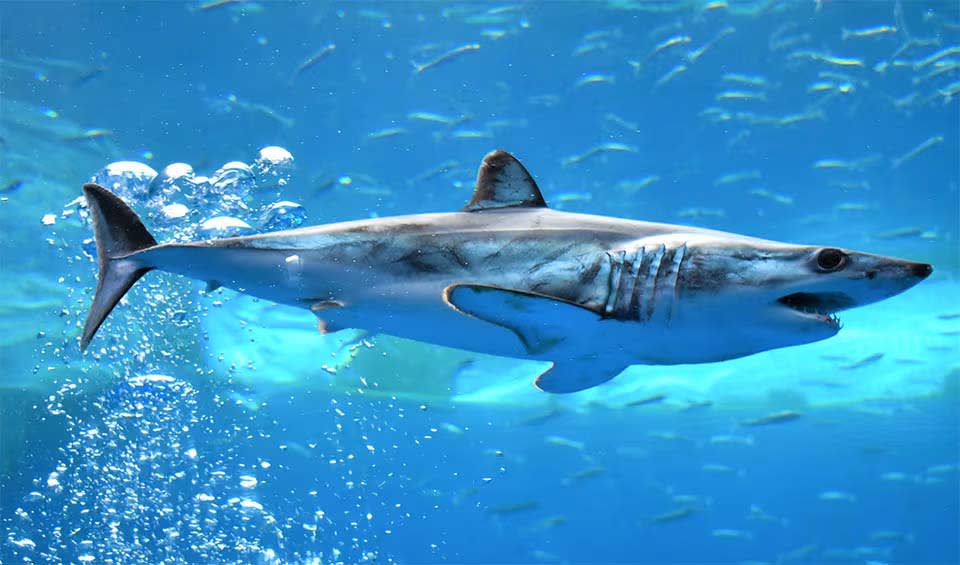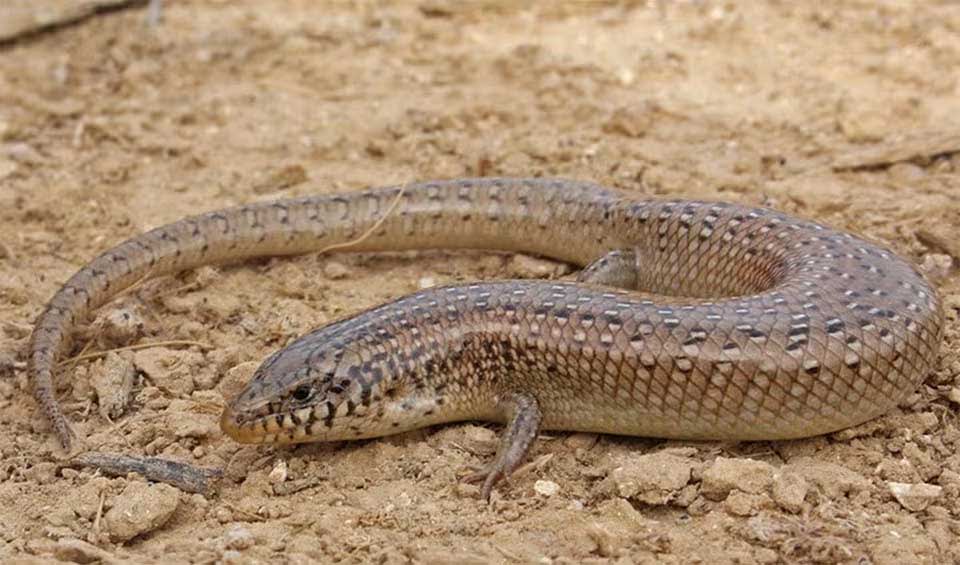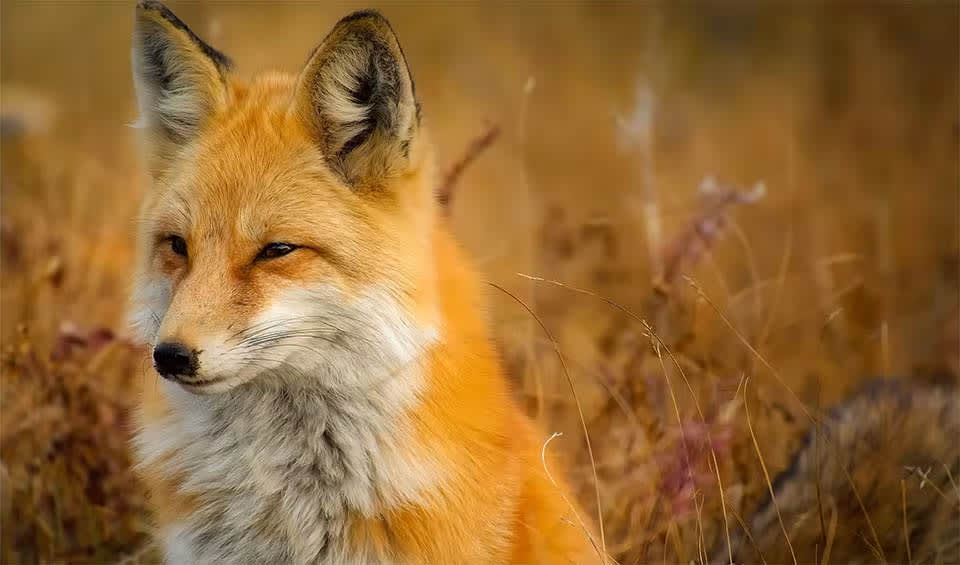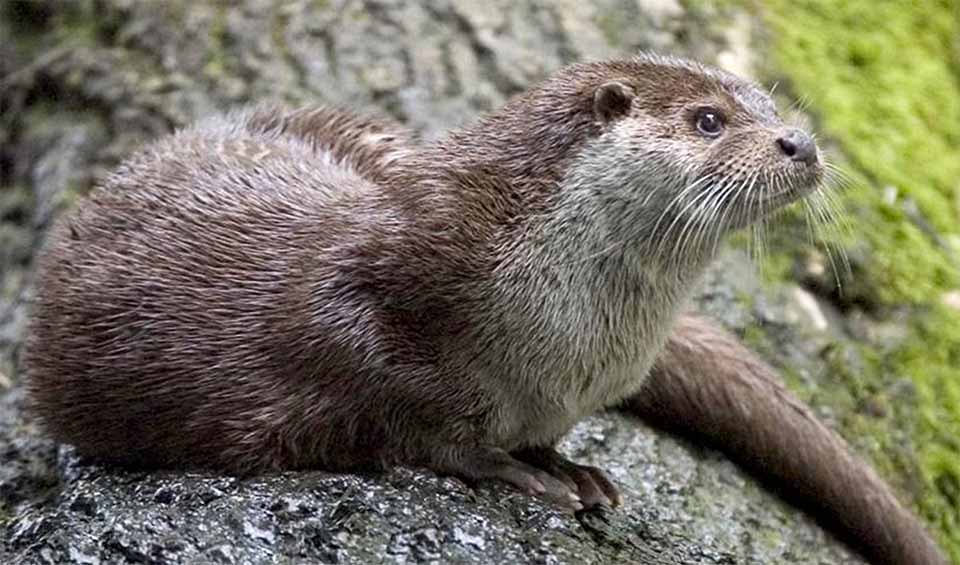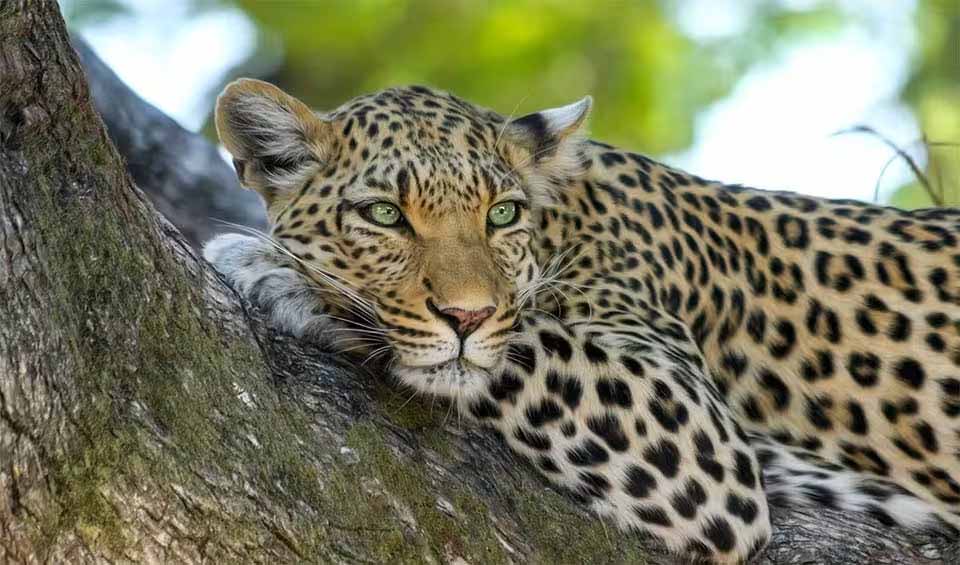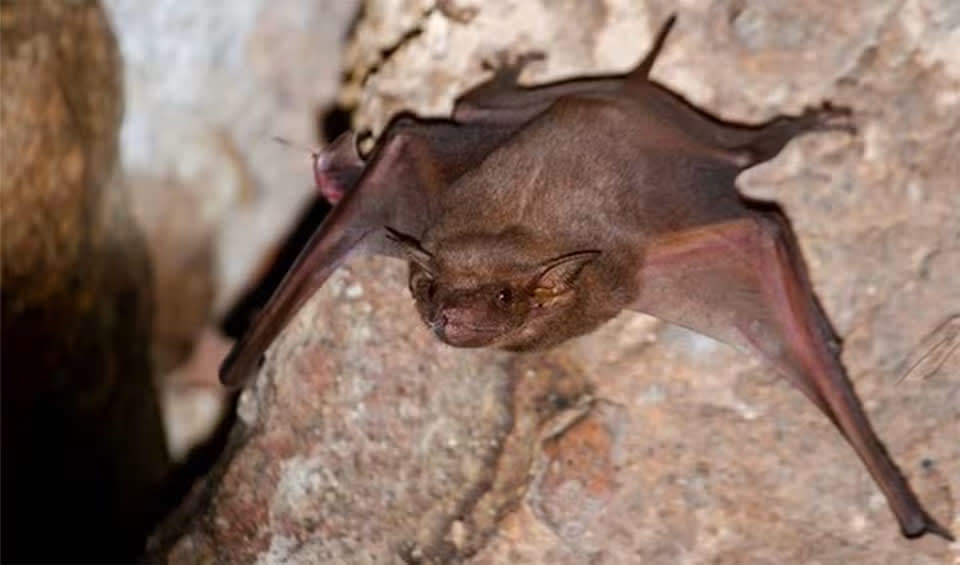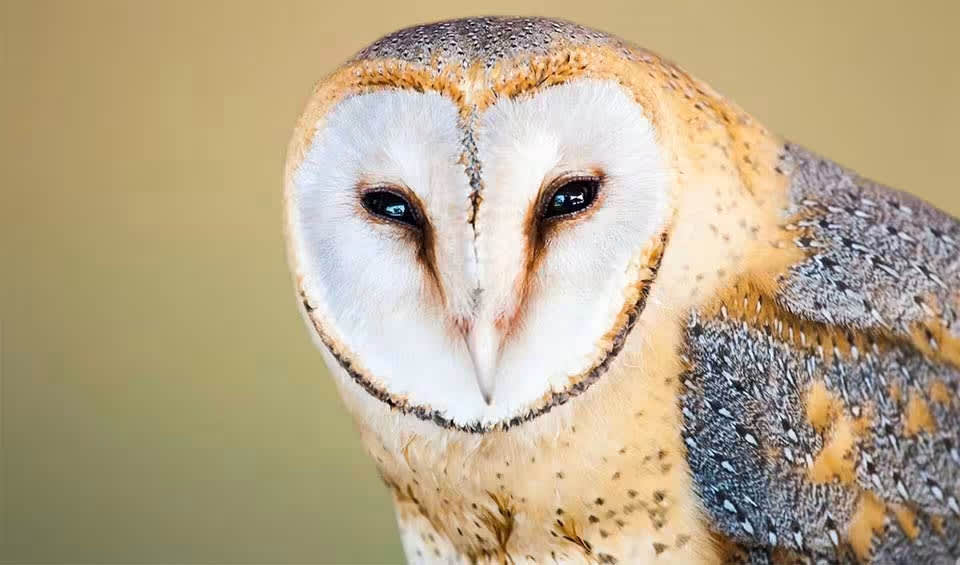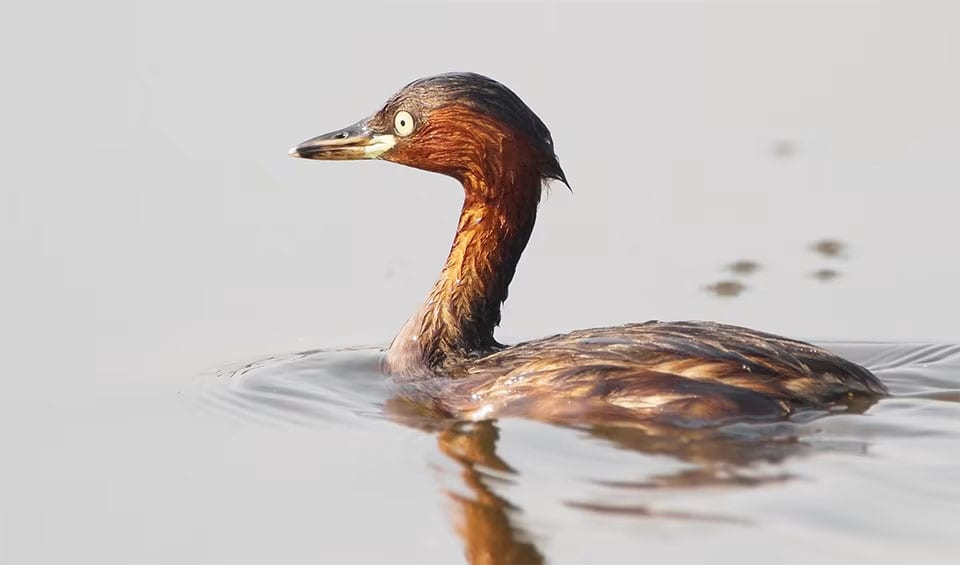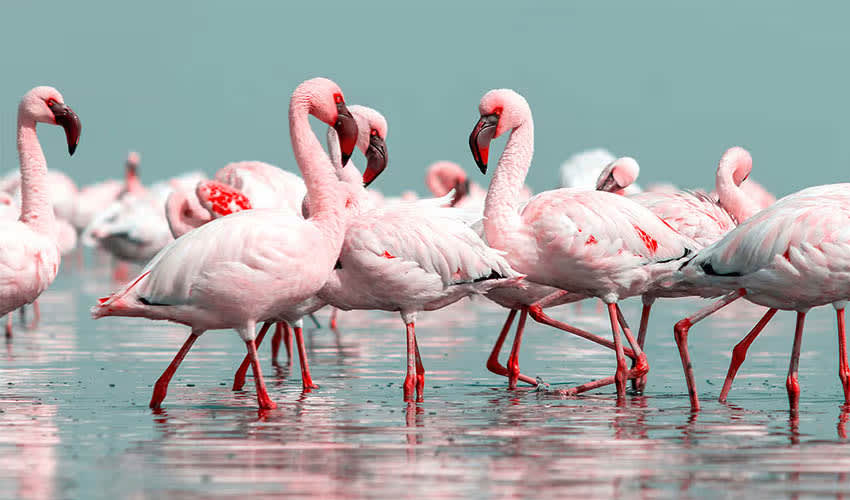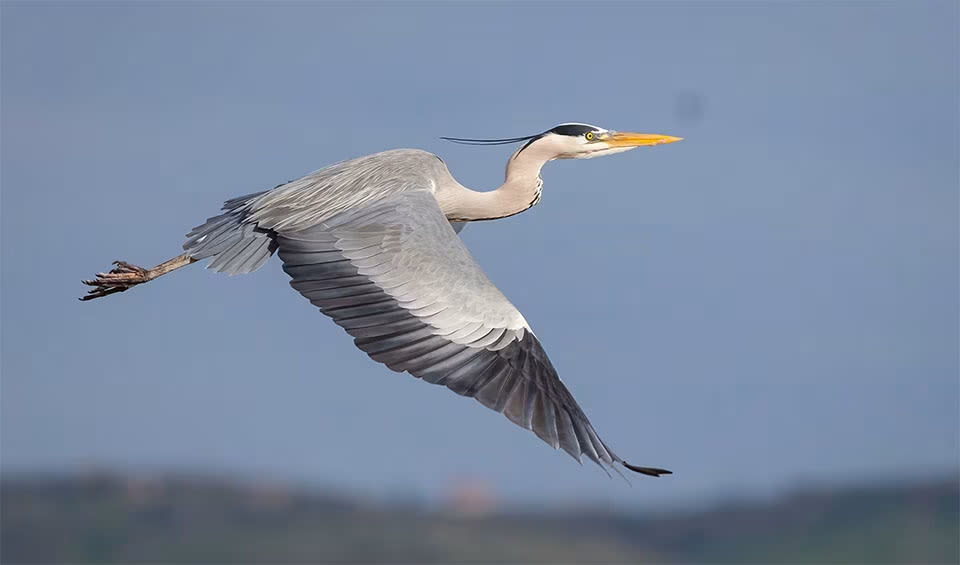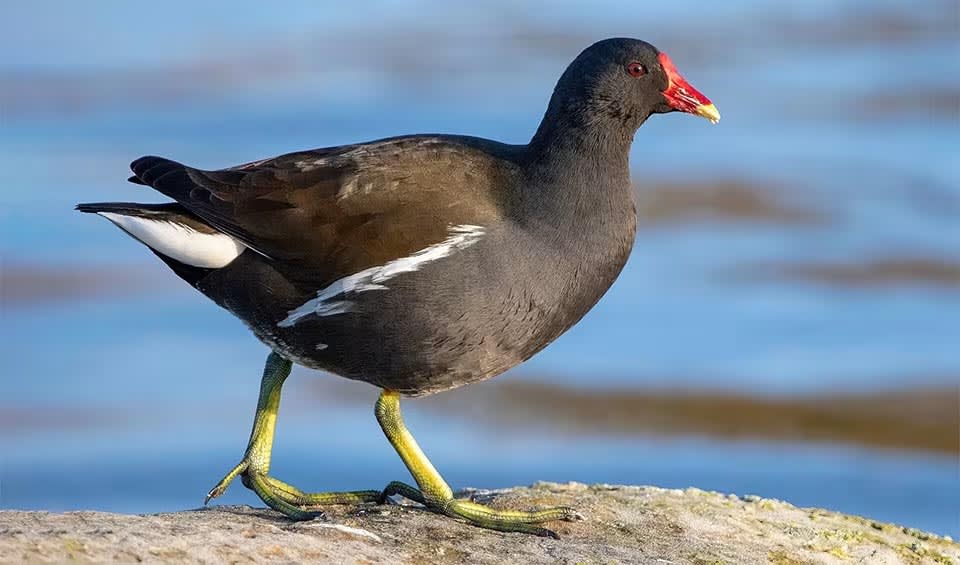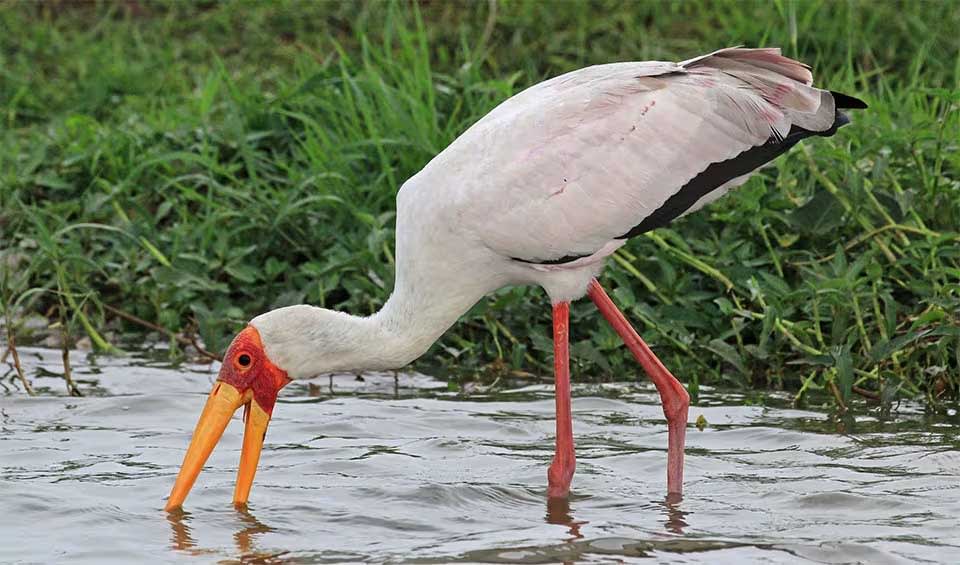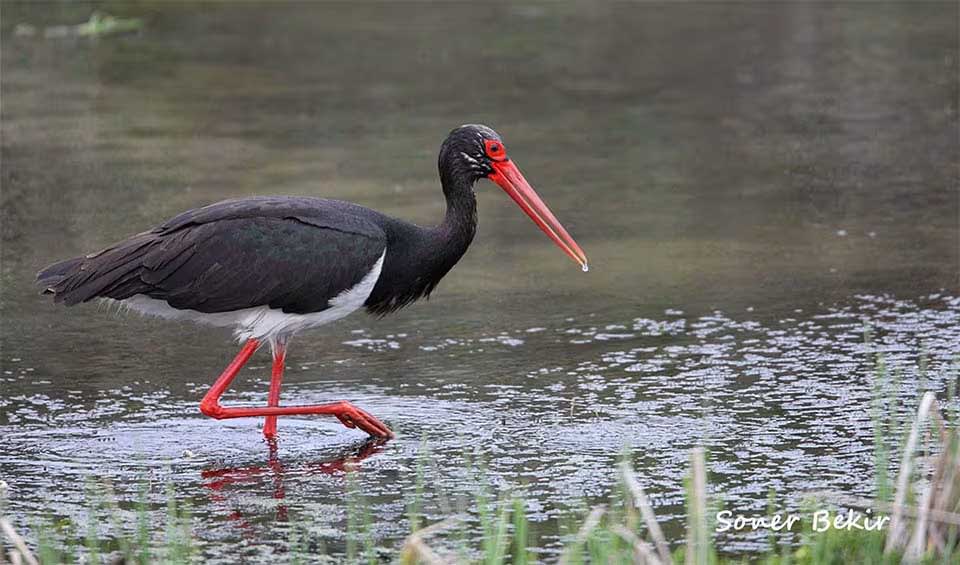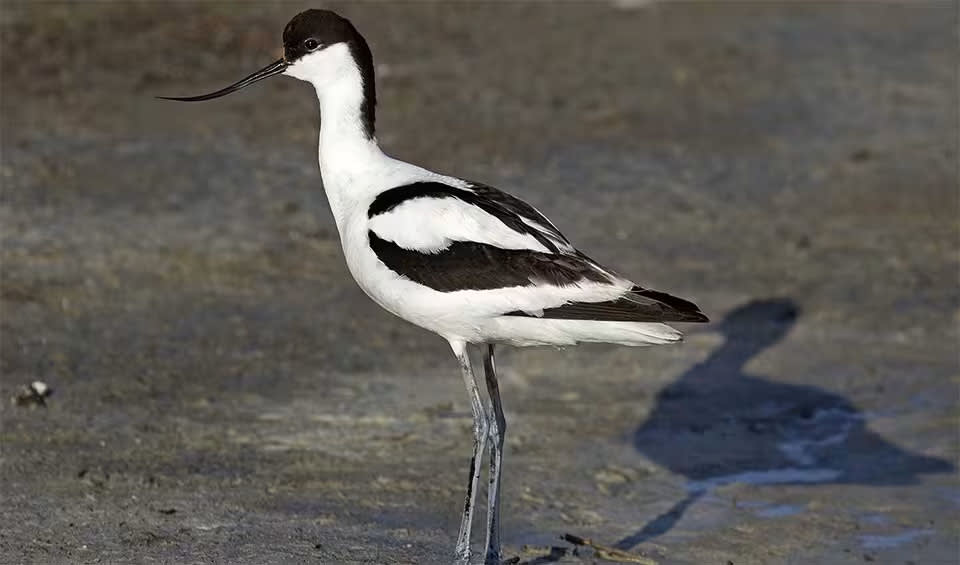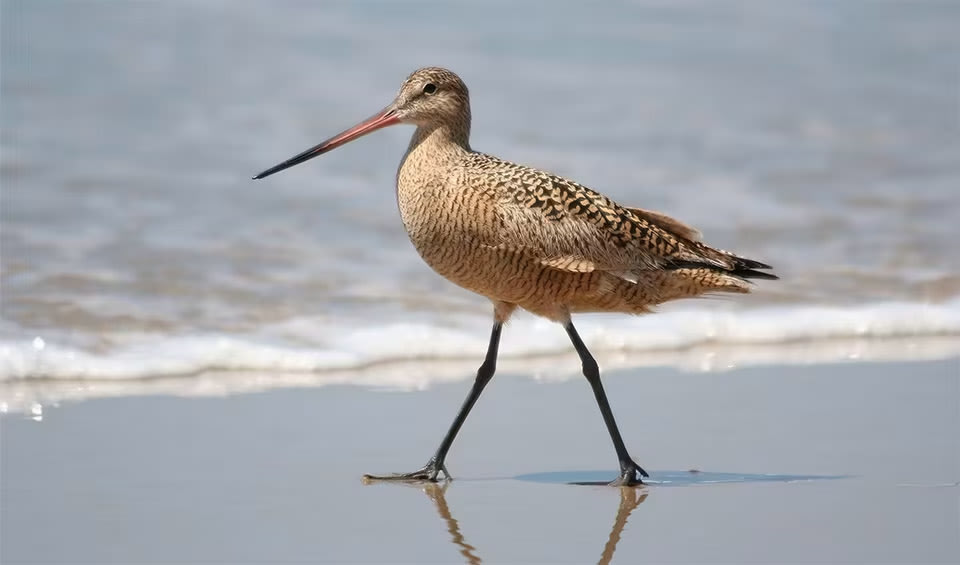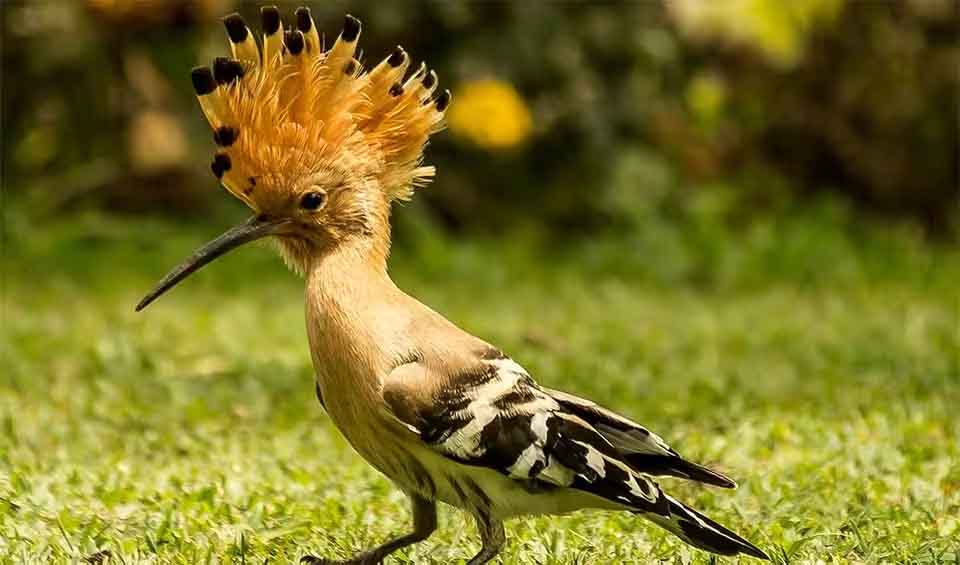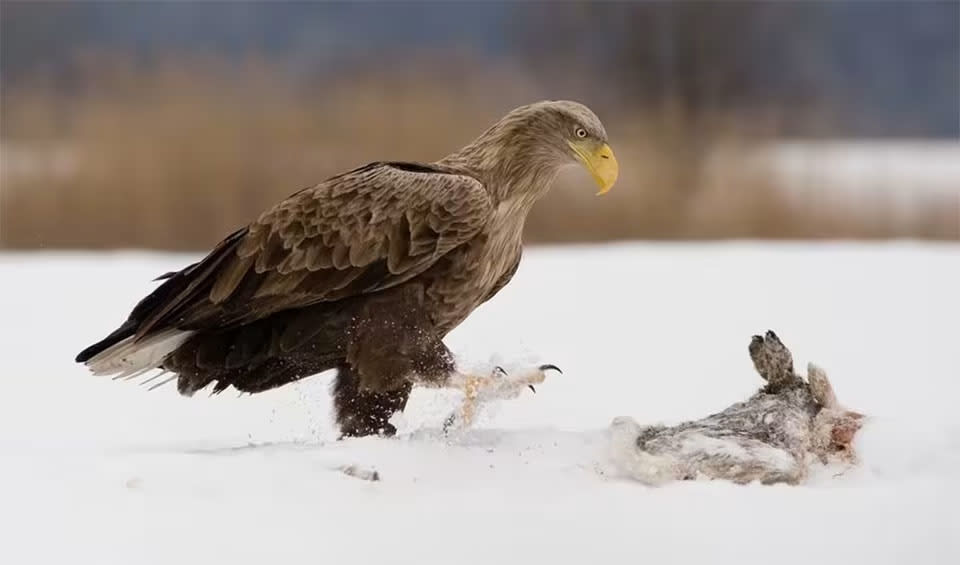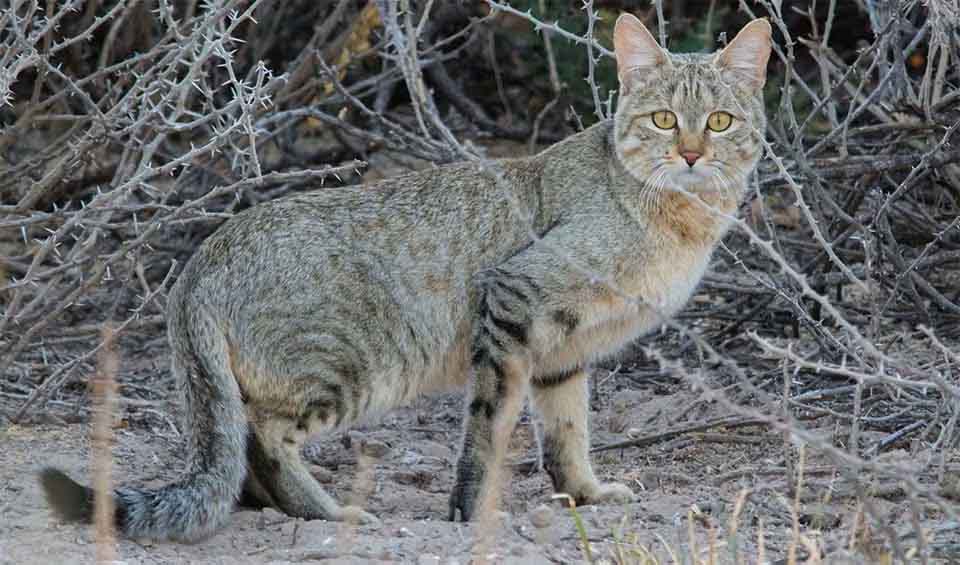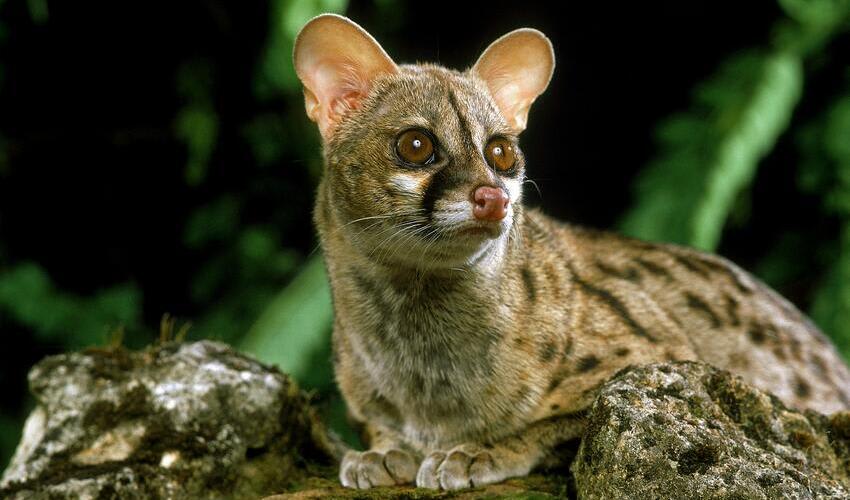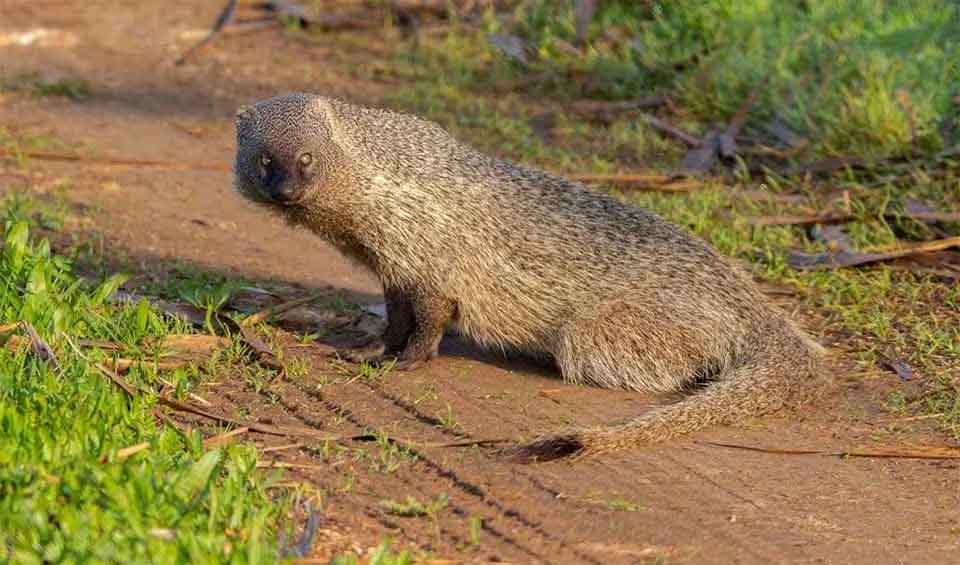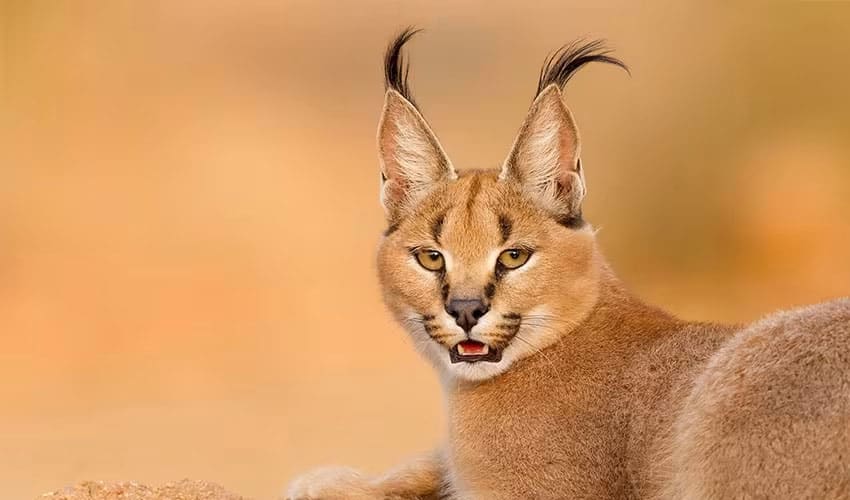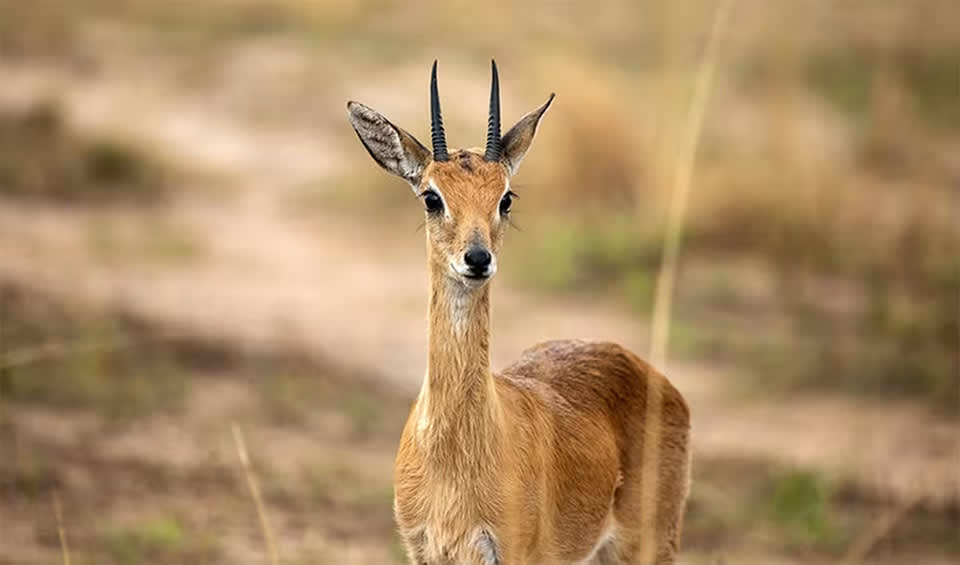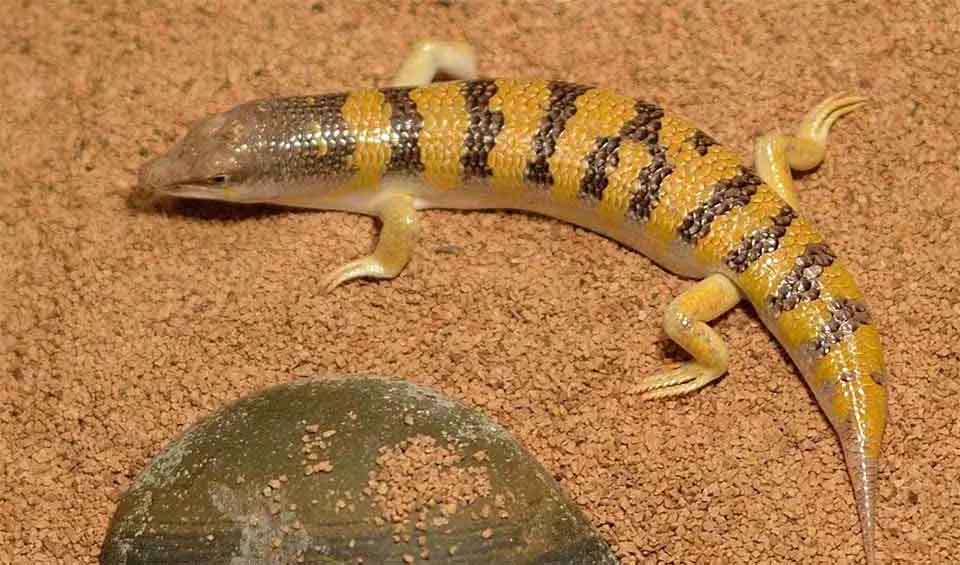Search for Tunisia
Scalloped hammerhead
Their skin actually darkens, just like a sunburn!
Common chameleon
A reptile that can mimic the hues of nature and capture its feast with a tongue that’s like a thunder
Ruddy shelduck
Has the body of a duck, neck of a goose, and voice of a goose having a bad day
Barbary macaque
A monkey without a tail that’s why people sometimes mistakenly call it an ape
Ruddy turnstone
They flip the script — literally!
European turtle dove
The only long-distance migratory dove in Europe
Wood pigeon
Timid by nature, often flying off at the slightest sign of danger
Black-crowned night heron
One of the most widespread and adaptable herons in the world
Redwing
In Iceland, its arrival is eagerly awaited as it signifies the end of the harsh winter
North African hedgehog
One of the few hedgehog species that doesn’t hibernate regularly
Steppe eagle
The treasured bird of Saladin, the first Sultan of Egypt
Greek tortoise
The mosaic-shelled marvel of the Mediterranean
Scimitar oryx
Named after the long, curved shape of its horns — which resemble a scimitar sword
Common ringed plover
This bird taps its feet to imitate rain to make the prey reach the surface
Saker falcon
Their keen vision enables them to scan vast landscapes, identifying small movements or potential prey items even from high altitudes
Red-footed falcon
Their favorite snack? Large insects like locusts and dragonflies
Cape hare
Has large eyes that could cover a field of 360o to survey their surroundings before they take a nap
Little tern
Renowned for their spectacular aerial displays during courtship, including steep dives and intricate flight patterns
Common blackbird
Arguably among the most beautiful songbirds in the world — they enjoy singing after a rain shower
Common crane
The flocks of this social and gregarious bird are fond of migration, flying over the horizon and creating a V-shaped formation
Goosander
Its long, serrated beak, often called a “sawbill,” is perfectly adapted for catching slippery prey like fish
European roller
Loves trees! Only member of its family breeding in Europe
Eurasian oystercatcher
The masters of catching oysters, clams, and cockles
European starling
Brilliant mimics, they can copy bird calls and even human-made sounds like car alarms and ringing phones!
Lesser black-backed gull
A common sight in coastal regions throughout the Northern Hemisphere
Rhim gazelle
Master of conserving energy; it will rest in the shade to avoid wasting energy and overheating
Bateleur
One of the easiest birds of prey to identify from a distance
European pond turtle
At the first sign of danger, it will quickly dive into the water and hide
European goldfinch
Can hang upside down while feeding!
Red-rumped swallow
Amazing flyers — they can even drink water while they’re flying!
Common pochard
Can dive down to the bottom of a lake and rest there, safe from predators!
Eurasian skylark
They might not look like much, but they have an incredible talent: singing!
European pied flycatcher
Males are particularly eye-catching with their black and white plumage, looking like they’re wearing a little tuxedo
European Robin
Can be quite friendly and will often come close to humans, especially if they’re offered food
Great white pelican
Underneath this colorful beak, there’s a hidden surprise – a built-in net for scooping up a delicious lunch!
European leaf-toed gecko
Its tail is almost as long as its body, and it can even stick to things
Goldcrest
A tiny bird, one of the smallest in fact!
Barn swallow
Most common and widely distributed swallow globally
Northern lapwing
Very active and noisy, with a loud, piercing call that sounds like “pee-wit”
Common nightingale
Often called the “singer of the night,” it produces a complex and beautiful melody that has captivated people for centuries
Great hammerhead
The biggest of all the hammerhead sharks, with a massive head that looks like a giant, flat hammer
Common bottlenose dolphin
Known for their acrobatic leaps, twisting and turning gracefully as they jump completely out of the water
Common dolphin
Often seen riding the bow waves of boats or performing acrobatic leaps out of the water
Wood mouse
Often lives close to humans and is sometimes seen as a pest
Whooper swan
Very loyal partners! Once they find a mate, they usually stay together for life
Tawny eagle
Often seen as a symbol of strength, freedom, and keen vision in many African communities
White-headed duck
Their stiff, upright tail feathers aid them in swimming and diving
Common toad
A warty amphibian with golden eyes
Spiny toad
Covered in small, bumpy warts that can even have sharp points
White-throated dipper
Can walk along the riverbed using its wings to stabilize itself against the current
Dama gazelle
Known for their extremely long legs, which lift their bodies off the hot desert sand, helping to keep them cool
Saharan horned viper
Despite its fearsome appearance, it is a shy and reclusive creature that would rather hide than confront a threat
Red deer
Not only one of the largest deer species but also among the most majestic
Little egret
During breeding, they transform with elegant white plumage, adorned by decorative plumes on the head, neck, and back
Egyptian goose
They were commonly depicted in art from ancient Egypt
Eurasian blackcap
The males, in particular, produce a rich and intricate song that contributes to their charm
Common redstart
They consistently display a restless demeanor and exhibit a distinctive, tail-trembling behavior
White wagtail
Holds cultural symbolism in some societies, representing good luck
Eurasian kestrel
Adaptable raptor known for its hovering hunting technique and striking appearance
Common chiffchaff
Their migratory behavior is often linked to the availability of insects for food
European stonechat
Recognizable by their distinctive and familiar call, resembling the noise of small pebbles colliding, creating a “tak tak” sound
Desert monitor
Known for their impressive stamina and can travel long distances in search of food and water
Shortfin mako shark
Speed and power embodied, they rule the seas with their sleek bodies and jaw-dropping leaping prowess
Basking shark
Majestic giants of the sea, they peacefully glide through the ocean with mouths agape, filtering the waters for sustenance
Blacktip reef shark
Graceful and stealthy, these reef dwellers navigate the coral maze with finesse, showcasing their iconic black-tipped fins
Great white shark
Majestic ocean predators, embodying power, speed, and precision in their pursuit of prey
Loggerhead sea turtle
One of the largest and strongest sea turtles in the world
Ocellated skink
Stands out with its striking ocelli, or eye-like markings, that adorn its sleek body
Mediterranean house gecko
Resilient creature that can thrive in human-dominated environments
Javelin sand boa
Known for its docile and non-aggressive nature
African wolf
A genetic mix of 72% grey wolf & 28% Ethiopian wolf was classified as an African variant of the golden jackal until 2015!
Fennec fox
Smallest fox in the world, measuring almost 25 cm (10 in), but has enormous ears that can grow up to 15 cm (6 in)
Red fox
Ladies and gentlemen, please welcome the world’s most widely distributed carnivore!
Rüppell’s fox
Can be easily identified by its larger ears, making it stand out from red and pale foxes
Common kingfisher
Possessed with special visual adaptations to catch fish
Eurasian otter
Fiercely territorial, marking their territory with scent to communicate with other otters
Etruscan shrew
Meet the world’s smallest mammal but a fierce predator
Cheetah
Racing to extinction: historically ranging throughout Africa to India, now distributed in small, fragmented populations
Brown bear
The second largest bear, right after the polar bear. Sadly, it well might top the list soon
Leopard
Disappearing graceful shadows, this tree-climber is on the way to extinction
Kuhls pipistrelle
Their population distribution is often associated with human settlements as they are comfortable in both agricultural and urban habitats
Crested porcupine
They don’t shoot quills—they let predators do the hard work by detaching them on contact!
Lesser Egyptian jerboa
This ‘mini kangaroo’ leaps up to 3 m (9.8 ft) in a single jump, thanks to its incredibly large hind legs
Naked-rumped tomb bat
These ‘sloppy animals’ tend to have a strong and unpleasant odor due to accumulated wastes in roosts
Trident bat
Highly mobile bats that tend to roost in hundreds to thousands of whatever shelters they can find
Greater horseshoe bat
These elegant acrobats perform a perfectly timed and skilled somersault as they approach their chosen resting site
European free-tailed bat
Their muzzle has wrinkled lips, which makes them look like a dog’s face, and is commonly called a bulldog bat
Great cormorant
Due to their adaptability and willingness to migrate to more favorable habitats, great cormorants are found worldwide
Barn owl
The most cosmopolitan of owls with home ranges extending across the globe
Little owl
Aptly named after the goddesses of wisdom and war, little owls have lived alongside human civilizations since 500 BC
Pin-tailed sandgrouse
This bird looks like a modern mosaic art-piece
Little grebe
This cute and small bird is one of the most elite hunters below the water’s surface
Greater flamingo
The iconic and elegant bird with a curved pink bill is known for turning heads
Eurasian spoonbill
This bird is unmistakable for its namesake, spoon-shaped bill
Glossy ibis
These birds seem to have lost their way to the beauty pageant
Gray heron
Exhibit powerful flight, with distinctive slow wing beats and an extended neck, defining features during their aerial movements
Great tit
The songbird that occasionally eats bats
House sparrow
The most widely dispersed wild bird
Marsh warbler
One of the best avian vocal mimics
Eurasian coot
Like those bulging red eyes weren’t scary enough, they eat their innocent chicks when hungry
Common moorhen
Living around smelly brackish marshes is unthinkable, but these birds love their isolated habitat or don’t have a sense of smell
Peregrine falcon
At the speed of over 321 km/h (200 mph), this bird outraces a Formula1 car
Yellow-billed stork
As the name suggests, this whitish stork has a bright red face and a distinctively long yellow bill
Black stork
The stork with the widest geographic range
White stork
The folktale bird that brings the babies!
Pied avocet
One of the very few birds with an upturned bill
Black-winged stilt
Elegant long-legged wader, common almost worldwide
Eurasian stone-curlew
One of the bigger waders with a reptilian eye
Great skua
Jack Sparrow of the bird kingdom
Common murre
The penguins that can fly
Atlantic puffin
This incredible bird can hold up to 30 fish in its beak at once
Common tern
This bird holds the record of the longest distance flown by any bird in recorded history
Black-tailed godwit
The most elegant of all godwit species
Common swift
These enthusiastic travelers can be seen almost worldwide in different seasons
Eurasian hoopoe
Dependable wings and a muscular build. Nope, we aren’t talking about the next Redbull ad campaign
Mallard
This invasive species is the ancestor to most of the modern ducks
Egyptian vulture
A highly intelligent species that is the world’s only tool-using vulture with a long migratory range
White-tailed eagle
Extinct and reintroduced – What’s the story behind these so-called ‘flying barn doors’?
Golden eagle
This majestic brown raptor is most widely distributed eagle species
Western marsh harrier
The yellow-eyed devil
Eurasian sparrowhawk
Better call the ambulance before the Sparrowhawk comes to devour all those who are injured
Common buzzard
They eat just about everything — rabbits, rodents, birds, carrion, earthworms, insects… even beetles get a look-in
Short-toed snake eagle
A magnificent migratory bird with long, broad wings and a short tail that sings in the form of musical whistles
Cinereous vulture
Largest soaring vulture in the sky with extremely broad wings that assists an important role in nature as “clean-up” team
Osprey
One of only six land-birds with a cosmopolitan distribution habituating all continents except Antarctica
Levant sparrowhawk
Often chasing each other in the air or amusing themselves by catching and dropping objects like sticks or leaves
Eurasian Griffon
Most social vultures with 12 distinct types of vocalization
African wildcat
The direct ancestor of the domestic cat—no wonder why they look so alike!
Common (spotted) genet
We can rotate our pinnae by 80 degrees!
Egyptian mongoose
Appeared in Egyptian paintings from 300 B.C., it is known as “Pharaoh’s cat” and is considered a holy animal that is housed in temples
Striped hyena
The only hyena species outside of Africa that can go 15km (10 miles) for a meal
Serval
Owners of the longest legs-for-body-size of all cats are widespread in sub-Saharan savannahs
Caracal
“To put the cat among the pigeons” was phrased on caracals, as they were once trained for hunting game birds for Persian and Indian royalty
Addax
Spends most of its life without drinking water, deriving enough moisture from its food and dew on plants
Oribi
They benefit from wildfires as they can return to the area that recovered from fires to eat fresh grass
Hartebeest
They enjoy a sedentary and lazy lifestyle but run fast if they sense danger
Wild boar
They have an elongated and elastic snout that can be used to dig out roots and bulbs
Leatherback sea turtle
The mysterious diver of the ocean is the largest and only sea turtle without a hard shell and scales
Sandfish skink
This skink dives and ‘swims’ under the sand





